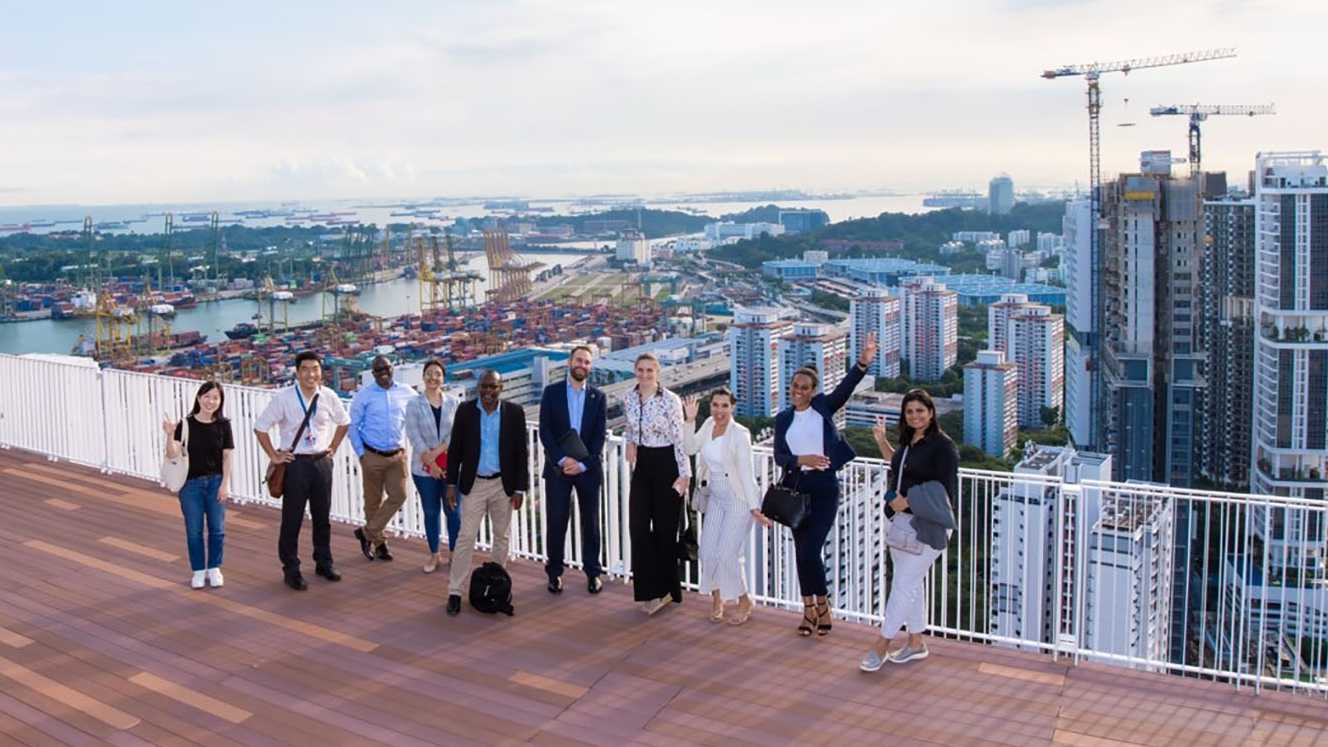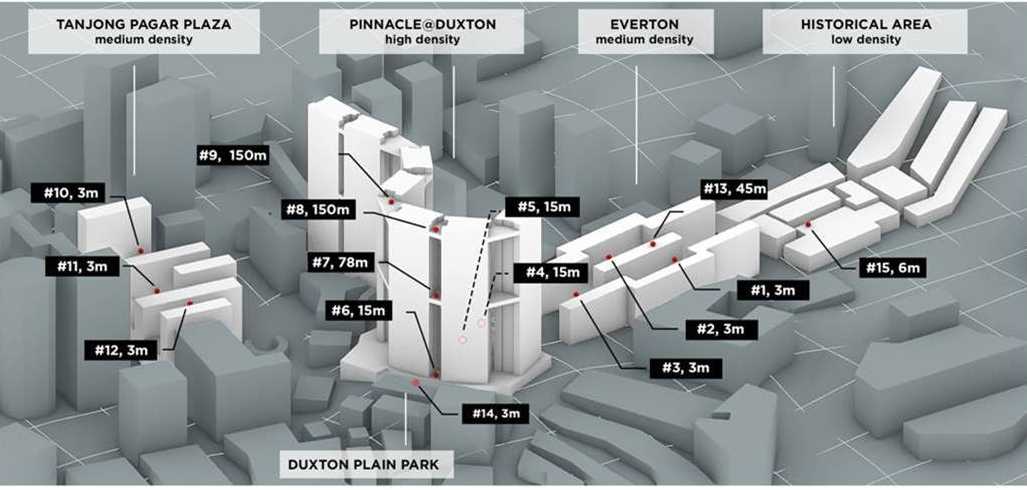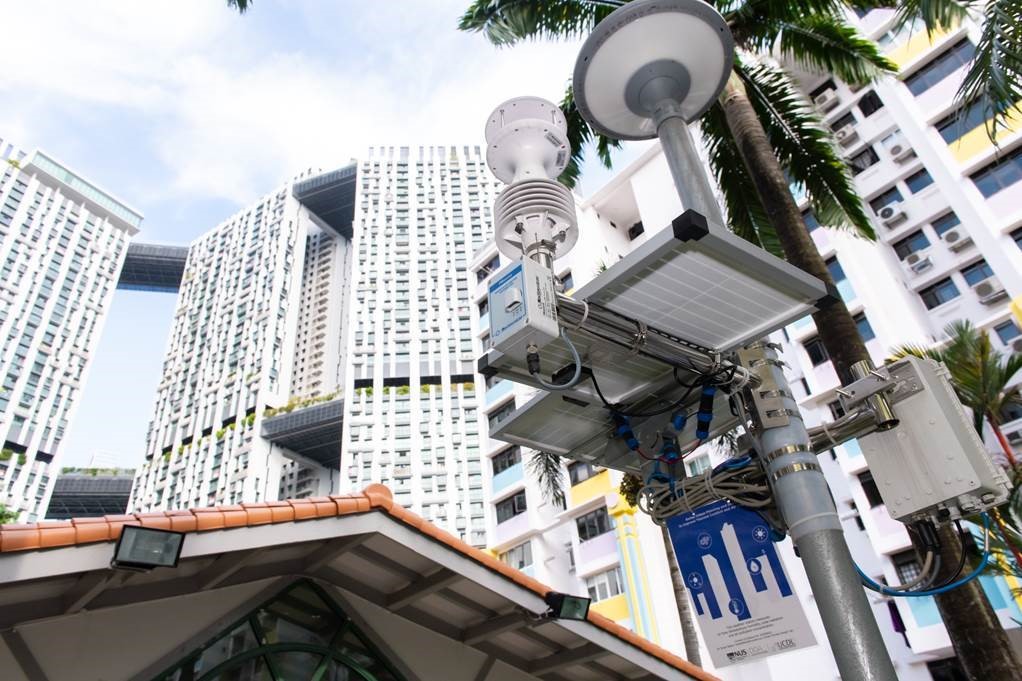
Seychelles and UNDP guests visit FRS's IoT Microclimate Sensing Network
Researchers from the FRS Climate Resilience in High-Density Cities module hosted delegates at the network station at Pinnacle@Duxton.
On 1 September, a delegation from the Republic of #Seychelles and the Global Centre for Technology, Innovation, and Sustainable Development from the United Nations Development Programme (UNDP) Singapore Global Centre, visited our IoT Microclimate Sensing Network at Tanjong Pagar. The researchers from Future Resilience System II (FRS) programme, including Prof. Yuan Chao and his team, introduced the microclimate sensing research to the delegation.

The delegates viewed the Internet of Things (IoT) microclimate sensing network. This network is managed by Urban Climate Design Lab, NUS and FRS II Module 2.3, Singapore-ETH Centre, to investigate the impact of various urban planning and design on microclimate at built-up areas. It measures the thermal comfort-related index (i.e., wind vector, relative humidity, air temperature, and solar radiation) and air quality-related index (i.e., PM 1.0, 2.5, and 10). Real-time data have been automatically sent to the team’s online server, by IoT, while advanced measurement technologies such as ultra-sonic anemometers are applied.

The IoT microclimate sensing network includes 18 weather stations - mainly installed at residential areas – covering high-, medium- and low-density areas. The measurement data will be used to conduct research to clarify how design and planning affect microclimate and the living environment, to make communities and residents more climate-resilient.

The research programme is supported by both the Future Resilience System II programme, Singapore-ETH Centre and the Presidential Young Professorship programme of the National University of Singapore.
We thank the delegates for stopping by and for their interest, and we look forward to potential collaborations in the future.